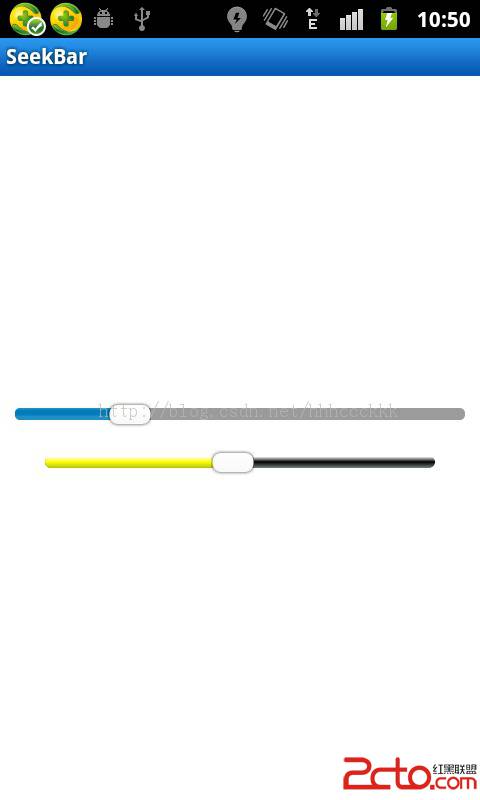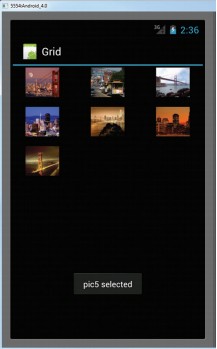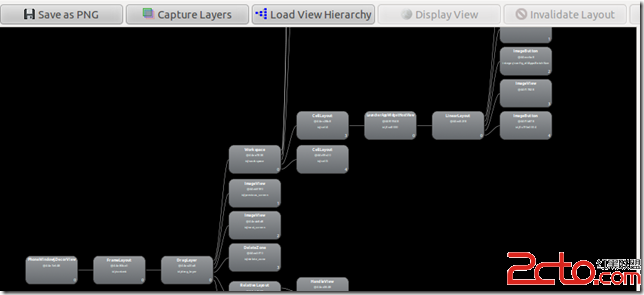自定义View中自定义属性
1.在value文件夹下创建一个demo_att.xml
内容如下:
[html]
<?xml version="1.0" encoding="utf-8"?>
<resources>
<declare-styleable name="MyView">
<attr name="age" format="integer" />
<attr name="city" format="string" />
<attr name="university" format="string" />
</declare-styleable>
</resources>
format代表数据格式,有很多
可能对format不是很熟悉,目前Android系统内置的格式类型有integer比如ProgressBar的进度值,
float比如RatingBar的值可能是3.5颗星,
boolean比如ToggleButton的是否勾选,
string比如TextView的text属性,
当然除了我们常见的基础类型外,Android的属性还有特殊的比如color是用于颜色属性的,可以识别为#FF0000等类型,
当然还有dimension的尺寸类型,比如23dip,15px,18sp的长度单位,
还有一种特殊的为reference,一般用于引用@+id/test ,@drawable/xxx这样的类型。
当然什么时候用reference呢? 我们就以定义一个颜色为例子,
<attr name="red" format="color|reference" />
这里我们用了逻辑或的运算符,定义的红色是颜色类型的,同时可以被引用
2.在自定义的MyView里引用自定义的属性
[html]
package com.android.demo.att;
import android.content.Context;
import android.content.res.TypedArray;
import android.graphics.Canvas;
import android.graphics.Color;
import android.graphics.Paint;
import android.util.AttributeSet;
import android.view.View;
public class MyView extends View {
private int mAge;
private String mCity;
private String mUniversity;
private int age2;
private int resId;
public MyView(Context context, AttributeSet attrs, int defStyle) {
super(context, attrs, defStyle);
}
public MyView(Context context, AttributeSet attrs) {
super(context, attrs);
//方式1获取属性
TypedArray a = context
.obtainStyledAttributes(attrs, R.styleable.MyView);
mAge = a.getInteger(R.styleable.MyView_age, 25);
mCity = a.getString(R.styleable.MyView_city);
mUniversity = a.getString(R.styleable.MyView_university);
a.recycle(); // 提示大家不要忘了回收资源
}
public MyView(Context context) {
super(context);
}
@Override
protected void onDraw(Canvas canvas) {
Paint paint = new Paint();
paint.setColor(Color.RED);
paint.setTextSize(30);
canvas.drawText(mCity, 50, 50, paint);
canvas.drawLine(0, 50, 500, 50, paint);
super.onDraw(canvas);
}
}
[html]
TypedArray a = context.obtainStyledAttributes(attrs, R.styleable.MyView);
[html]
这句话用于获得定义的属性集。都封装到这个对象里面了。
以上两步把自定义的view和属性都定义完了。
3.在布局文件中使用自定义的属性和view
[html]
<?xml version="1.0" encoding="utf-8"?>
<LinearLayout xmlns:android="http://schemas.android.com/apk/res/android"
xmlns:demo="http://schemas.android.com/apk/res/com.android.demo.att"
android:layout_width="fill_parent"
android:layout_height="fill_parent"
android:orientation="vertical" >
<TextView
android:layout_width="fill_parent"
android:layout_height="wrap_content"
android:text="@string/hello" />
<com.android.demo.att.MyView
android:layout_width="wrap_content"
android:layout_height="wrap_content"
demo:age="22"
demo:city="shanghai"
demo:university="sddx" />
</LinearLayout>
[html]
xmlns:demo="http://schemas.android.com/apk/res/com.android.demo.att"
这个是用来定义命名空间用的,demo代表的命名空间,
[html]
com.android.demo.att表示该命名空间用于哪个包
[html]
[html]
和android默认的包同样的用法
[html]
[html]
通过以上代码可以运行了。
[html]
[html]
摘自 com360的专栏
补充:移动开发 , Android ,




